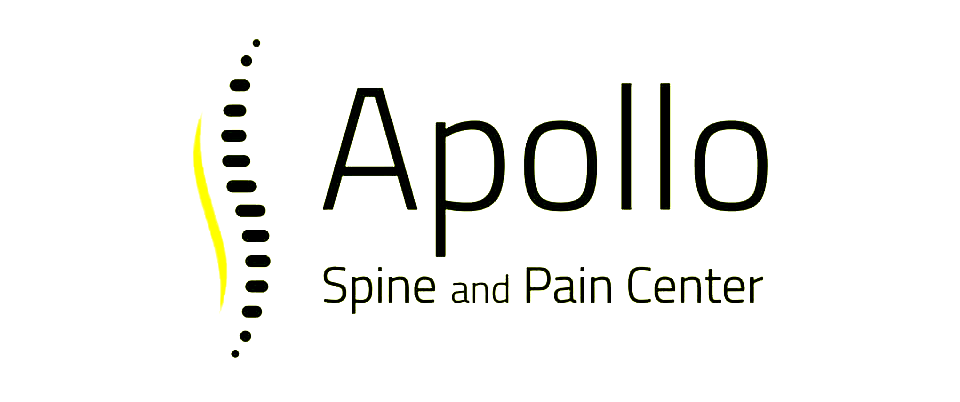Spinal Cord Stimulation: How It Works and Its Role in Pain Management
Living with chronic pain can be a frustrating and often isolating experience, as traditional pain management methods may not always provide the desired level of relief. With advancements in medical technology, however, innovative treatment options are emerging that can potentially offer transformative solutions for individuals suffering from chronic pain. One such advanced treatment is spinal cord stimulation (SCS), which has shown considerable promise in relieving certain types of chronic pain, particularly those related to nerve damage or dysfunction.
At Apollo Spine and Pain Center, we believe that staying informed about the latest developments in pain management is crucial to empowering our patients in their pursuit of personalized pain relief. In this article, we will provide an in-depth exploration of spinal cord stimulation, its underlying principles, and its potential applications in pain management. By understanding the basics of SCS, you can make more informed decisions about whether this treatment might be beneficial for your unique pain relief journey.
Spinal cord stimulation is a minimally invasive therapy that involves the implantation of a device called a spinal cord stimulator. This device delivers mild electrical impulses to the spinal cord, which interfere with pain signals sent to the brain, effectively "masking" the sensation of pain. The goal of SCS is to provide pain relief, improve physical function, and enhance overall quality of life for chronic pain patients experiencing little to no relief from more conventional treatments.
Components of a Spinal Cord Stimulation System
A spinal cord stimulation system is composed of several essential components that work in harmony to provide pain relief:
1. Pulse generator: This is the primary device responsible for generating the electrical impulses. It is usually implanted in the abdomen or buttock area and contains a battery, either rechargeable or non-rechargeable, depending on the specific device.
2. Lead wires: These thin, insulated wires carry electrical impulses from the pulse generator to the spinal cord. The leads can be placed in different positions along the spine, depending on the specific pain regions being targeted.
3. Electrodes: Located at the end of the lead wires, these small, flat discs deliver the electrical impulses directly to the spinal cord, stimulating the targeted nerve fibers.
4. Remote control: This handheld device allows patients to adjust the strength and duration of electrical impulses, enabling customization of the stimulation to their specific needs and preferences.
The Spinal Cord Stimulation Implantation Process
The implantation of a spinal cord stimulation system typically involves two steps: the trial period and the permanent implantation.
1. Trial period: Before implanting the permanent device, patients undergo a trial period with a temporary, external stimulator. During this trial, which typically lasts 5-7 days, patients test the effectiveness of spinal cord stimulation for their pain relief. If the trial proves successful in providing significant pain reduction, they may move forward with permanent implantation.
2. Permanent implantation: This is a minimally invasive, outpatient procedure where the pulse generator is implanted under the skin, and the lead wires are inserted and positioned along the spinal cord. The surgeon uses live X-ray imaging to precisely place the leads. Once the system is in place, the electrical stimulation settings are adjusted according to the patient's needs and comfort.
Ideal Candidates for Spinal Cord Stimulation
Spinal cord stimulation may be an appropriate treatment option for patients experiencing chronic pain that has not responded to more traditional therapies. It is essential to consult with a pain management specialist, like those at Apollo Spine and Pain Center, to determine if SCS is suitable for your specific pain condition. Ideal candidates for SCS typically meet the following criteria:
1. Chronic pain, primarily neuropathic (nerve-related) pain, that has persisted for at least six months
2. Inadequate pain relief from conservative treatments, such as medications, physical therapy, or injections
3. No major psychological or psychiatric conditions that may interfere with the effectiveness of SCS
4. Successful trial period, demonstrating significant pain reduction from spinal cord stimulation
Benefits and Potential Risks of Spinal Cord Stimulation
Spinal cord stimulation offers several potential benefits for patients suffering from chronic pain:
1. Pain relief: SCS has been proven to provide significant pain relief for many patients, reducing pain levels by 50% or more in some cases.
2. Improved functionality: By reducing pain, spinal cord stimulation can allow patients to engage in daily activities with greater ease and comfort.
3. Reduced reliance on pain medications: SCS may help patients reduce or eliminate the need for prescription pain medications, which may have associated side effects and potential dependence risks.
4. Adjustable and adaptable: With a remote control, patients can easily modify the strength and duration of electrical impulses, tailoring the therapy to their unique pain needs.
However, as with any medical treatment, there are potential risks and complications associated with spinal cord stimulation:
1. Infection: As with any surgical procedure, there is a risk of infection at the implant site.
2. Device malfunction: Although rare, the system's components, such as leads or the pulse generator, may malfunction and require revision surgery.
3. Pain or discomfort: Some patients may experience discomfort or pain at the implant site, or they may find the sensation of stimulation unpleasant.
Exploring Spinal Cord Stimulation with Apollo Spine and Pain Center
Spinal cord stimulation represents an innovative approach to managing chronic pain, utilizing mild electrical impulses to interfere with pain signals sent to the brain. While SCS may not be suitable for everyone, it could provide a life-changing solution for those who have not experienced adequate pain relief from other treatment methods.
At Apollo Spine and Pain Center, our compassionate and experienced pain management specialists can help you assess whether spinal cord stimulation is an appropriate option for your unique
pain management needs in Cumming, GA. Contact us today to schedule a consultation and discuss the potential benefits and risks of spinal cord stimulation.












